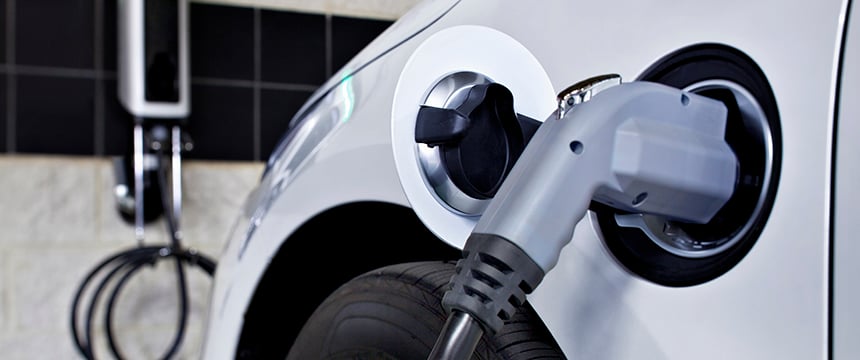U.S. EPA Rule Making Set Grants Exclusive E-RIN Production Right to EV Automakers

While U.S. Environmental Protection Agency (EPA) renewable fuel standards have traditionally been a chief concern of energy and fuel producers, the EPA’s 2023 rulemaking set is perhaps bigger news for Detroit than Houston this year.
Citing the “unique position” of automakers to grow electric vehicle (EV) fleets and promote clean energy transitions, the EPA’s proposed regulations submitted for public comment on December 1, 2022, grant electric light vehicle manufacturers the exclusive right to generate a new category of renewable fuel standard environmental credit, called an “e-RIN.”
First authorized under the Energy Policy Act of 2005 and expanded under the Energy Independence and Security Act of 2007 (RFS2), the EPA’s renewable fuel standard creates a regulations-driven marketplace for renewable fuels in the United States.
Under the program, certain parties like oil refiners or fuel importers are obligated every year to either blend set volumes of renewable fuel into their transportation fuel or obtain credits — known as Renewable Identification Numbers or RINs — to meet their EPA-specified renewables volume obligations. Renewable fuel producers generate RINs by producing a gallon (or gallon equivalent) of renewable fuel. Since 2007, importers and refiners have been able to purchase RINs from four categories of renewable energy production to meet their compliance obligations: Cellulosic Biofuel, Advanced Biofuel, Biodiesel, and Corn-Based Ethanol.
The introduction of the e-RIN permits EV manufacturers to join this marketplace.
Under the e-RIN proposed rules, EV manufacturers will be permitted to contract with qualifying energy producers to produce e-RIN credits beginning in 2024. This will occur when an EV manufacturer can demonstrate that a vehicle’s charging was completed with renewable electricity produced from a qualifying renewable source. Currently, the proposed rule limits e-RIN-qualifying renewable sources to certain forms of biogas. Once the e-RIN is created and all qualifying criteria are met, it may be purchased by an obligated party to meet its renewables volume obligations just like any other RIN. These volume obligations increased for the first time since 2007 in 2022, and will likely continue to increase as the EPA seeks to meet its 2050 carbon reduction goals. EV manufacturers will have to compete to contract with clean energy producers, and the EPA has noted that it expects to promulgate rules for medium- and heavy-duty vehicles as the program grows.
While comments and changes to the final rule set will dictate the potential economic value of the e-RIN program, the move also highlights how EV manufacturers may expect to be regulated in the coming years. The EPA noted that a regulatory approach focused on EV manufacturers was preferable from its point of view given their central positioning in the market, as well as automakers’ staff, resources, and expertise in complying with EPA regulations. With electric vehicles becoming an increasingly critical part of the U.S. energy landscape and the grid, this regulatory expertise will almost certainly need to grow even further as industry players learn to contract, operate, and compete in both the EV and energy credit industries.

